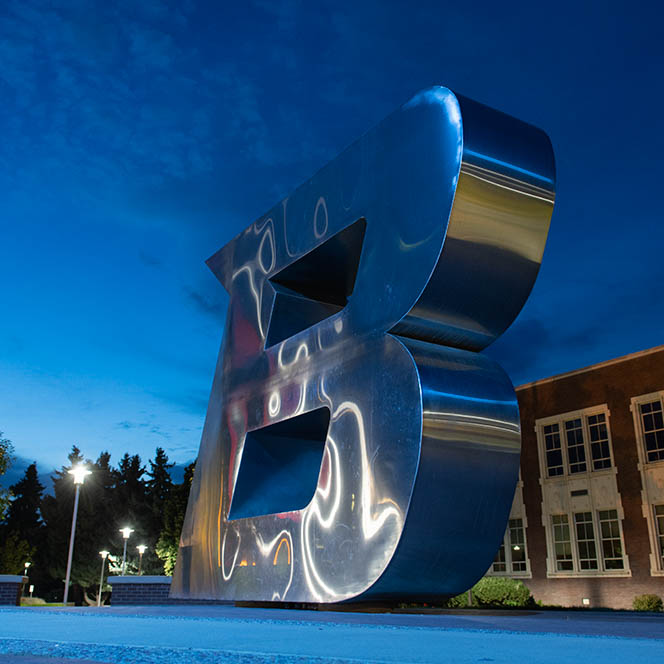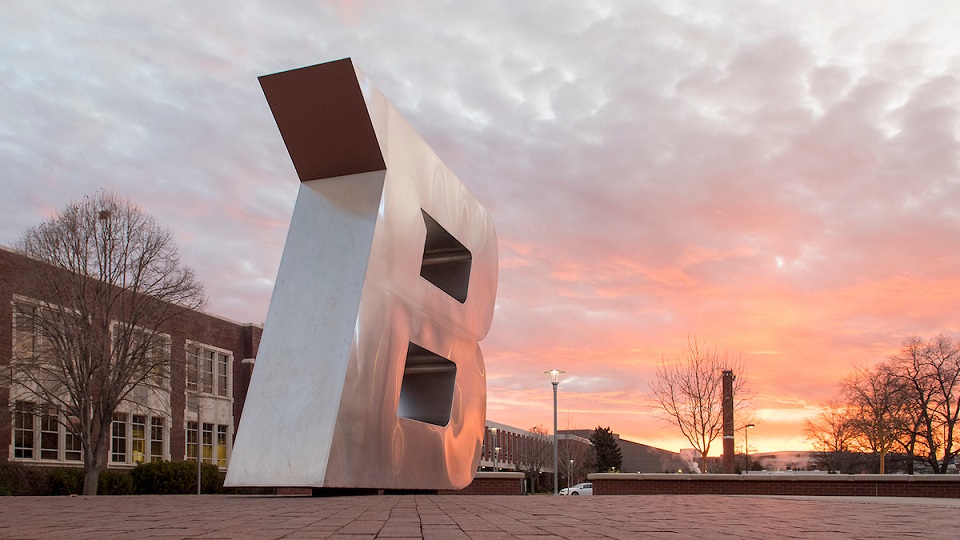
- This event has passed.
Graduate Defense: Holly Gunderson
June 13, 2023 @ 9:00 am - 10:00 am
Event Navigation


Thesis Information
Title: Hydraulic Conductivity’s Impact on Rise of Excess Pore-water Pressure during Seismic-induced Liquefaction
Program: Master of Science in Civil Engineering
Advisor: Dr. Arvin Farid, Civil Engineering
Committee Members: Dr. Bhaskar Chittoori, Civil Engineering; and Dr. Qifei Niu, Geosciences
Abstract
Liquefaction, a geohazard causing loss of lives and infrastructures around the world, is a result of a sudden increase in excess pore-water pressure (EPWP) in loose, saturated, noncohesive, fine soils during seismic shaking. Due to small pores and low hydraulic conductivity of these soils, the shaking-induced EPWP has less time to dissipate, leading to the loss of the effective stress and, in turn, frictional shear strength of the soil (referred to as liquefaction). If a soil’s hydraulic conductivity could be increased during seismic shaking, ample time would be afforded for EPWP dissipation. A potential theory, introduced by our research team, is that electromagnetic (EM) waves can increase granular soils’ hydraulic conductivity. This increase can potentially lead to liquefaction mitigation.
This research investigates the relationship between hydraulic conductivity and EPWP buildup, evaluates EM waves’ impact on the EPWP buildup by modifying hydraulic conductivity, and evaluates the potential of EM-induced liquefaction mitigation.
Hydraulic conductivity measurement was performed on natural sand. A series of tests were conducted within a customized box featuring two inner flexible walls (to enable shear deformation) constructed of Plexiglas. Constant-head, ASTM-D2434 (2010) tests were performed to measure the hydraulic conductivity of natural sand samples. All sides of the box containing samples were covered with transparent electrically conductive films, and the medium was excited at various electromagnetic frequencies and power levels using a signal generator and amplifier to alter hydraulic conductivity of the soil.
To simulate an earthquake, a shaking table, measuring 11.76 cm × 152.4 cm × 3.81 cm (44 in. × 60 in. × 1.5 in.) excited by a programmable signal generator, was utilized. Additionally, a pore-pressure transducer measured the PWP during experiments. Various experiments were used to evaluate the frequencies and acceleration at which liquefaction occurred. The process was repeated, maintaining consistent seismic frequency and acceleration, to induce excitation of the medium and elevate hydraulic conductivity. Concurrently, the rise of EPWP, the occurrence of liquefaction, and the extent of soil settlement were measured and monitored.


